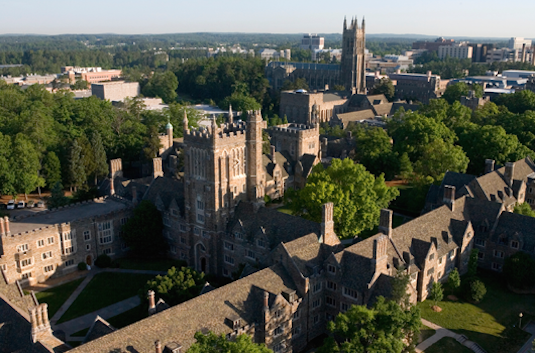Neurobiology Faculty Candidate Talk: Anda Chirila: Subcortical organization of the somatosensory system

Touch perception begins with activation of functionally distinct classes of primary mechanosensory neurons, called low-threshold mechanoreceptors (LTMRs), and propagation of their signals to the initial somatosensory processing centers of the CNS, the spinal cord dorsal horn and brainstem. Despite significant progress in understanding the properties and functions of primary sensory neurons, the encoding of touch in the spinal cord dorsal horn and its influence on tactile representations in the brain are poorly understood.
To fill this gap, I developed a preparation and analysis framework for in vivo large-scale spinal cord electrophysiology in combination with well-controlled mechanical stimuli applied to the skin and a range of genetic manipulations. This approach revealed several basic principles of mechanosensory processing: (1) dorsal horn neurons exhibit one of six functionally distinct mechanical response profiles, reflecting extensive convergence and nonlinear transformations of signals from both low- and high-threshold mechanoreceptor subtypes; (2) the spinal cord dorsal horn has a highly interconnected network architecture, with functional neuron subtypes of each class exerting broad influence over all other subtypes; (3) feed-forward and feedback inhibitory circuit motifs, comprised of interneurons with distinct mechanical response profiles enable dynamic, flexible tuning of postsynaptic dorsal column (PSDC) projection neurons conveying mechanosensory signals to the brain; (4) dorsal horn mechanosensory processing dictates how neurons in somatosensory cortex respond to touch and shapes somatosensory behaviors. Thus, extensive mechanoreceptor subtype convergence and nonlinear transformations at the first stage of the somatosensory hierarchy shape how touch of the body is represented in the brain. Future directions include exploring how sensory processing in the spinal cord and its variable, modifiable ascending signaling streams are altered in disorders associated with dysfunctions of the somatosensory system such as autism spectrum disorders and chronic pain.






